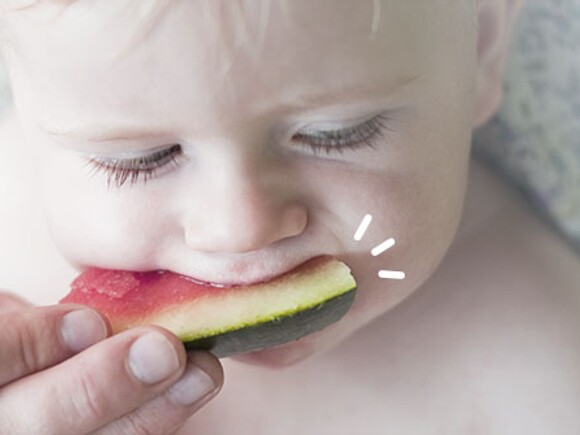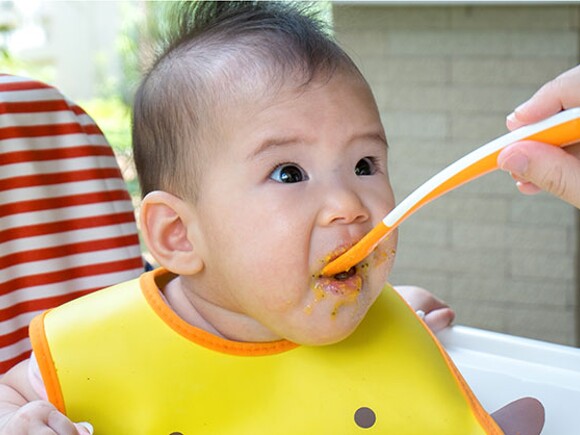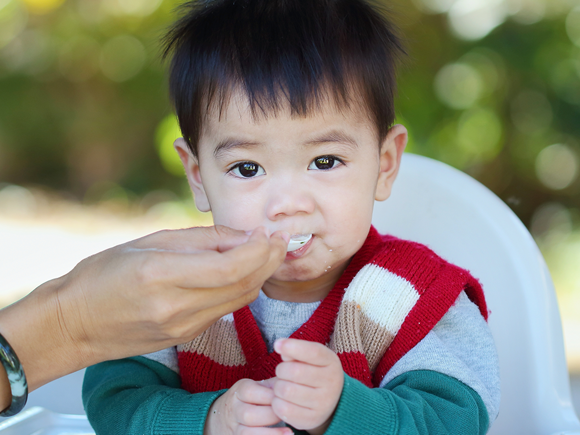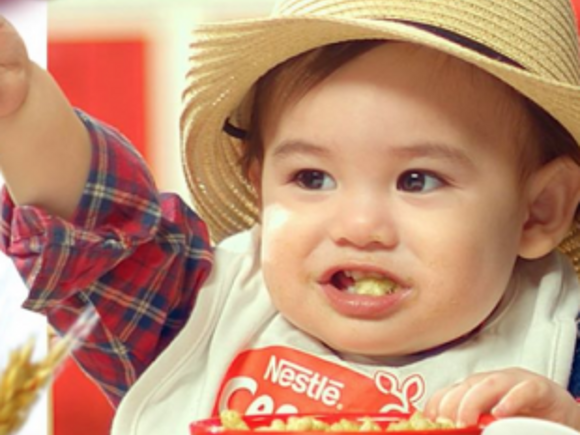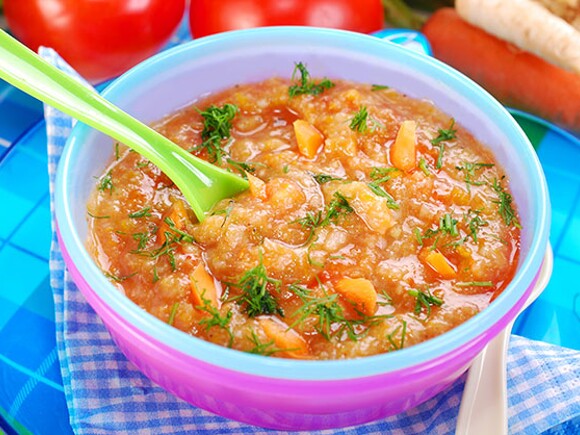The mere sight of a chubby chikiting often brings a smile to our faces. "Ang cute-cute naman!" admiring their rosy cheeks and plump arms. But as parents and guardians, it's vital to ask: Is this chubbiness a sign of good health – or a potential indicator of future health issues?
In Filipino society, a chubby child is often perceived as well-nourished and healthy. However, it's essential to recognize the fine line between a healthy weight and being overweight. So, how do we know if our toddlers or preschoolers are tipping the scale towards potential health risks due to obesity early on or even in the future?
To ensure our child maintains a healthy weight, it's crucial to monitor their weight regularly during pediatric visits. By plotting your child's weight versus age and Body Mass Index (BMI) versus age and comparing it with WHO’s guidelines, your pediatrician can effectively gauge if your child is at risk for early obesity.
Calorie Imbalance…Is this the Culprit?
Weight issues in children revolve around the idea of calorie imbalance. This term means when children consume more calories than they use up, the excess is stored as fat. Factors contributing to this imbalance include dietary choices and activity levels. Diets rich in sugary snacks, processed foods, and large portions, combined with limited physical activity, can contribute to weight gain in children.
But before we delve further, hey! It is good to know that there are also other factors that should be taken into account when assessing a child's risk for apparent or even future obesity. These factors include:
- Genetics: A child's genetic makeup plays a significant role in their propensity to gain weight.
- Family Lifestyle and Habits: Children often adopt the habits and lifestyles of their family. Families that emphasize healthy eating and regular exercise tend to have healthier children.
- Socioeconomic Factors: Access to healthy foods, safe environments for physical activity, and education about nutrition can all impact a child’s weight.
- Psychological Factors: Emotional well-being and mental health can influence eating patterns and physical activity levels.
- Health Conditions: Certain medical conditions and medications can contribute to weight gain in children.
- Sleep Patterns: Adequate sleep is essential for maintaining a healthy weight. Poor sleep can affect hormones that regulate hunger and appetite.
Okay, So What Are the Risks of Obesity Then?
Obesity in childhood can lead to immediate health problems like asthma and type 2 diabetes, and increase the risk of chronic conditions such as heart disease, high blood pressure, and certain cancers in adulthood. Understanding these risks helps in realizing the importance of maintaining a healthy weight from an early age.
What Do You Do Now?
Here are helpful tips for you Moms and Dads to prevent childhood obesity amongst your kids:
- Start Early: Address your child's weight as soon as you notice any concerns. Early intervention can prevent future health issues and set the stage for a healthy life.
- Seek Medical Advice: Consult with your pediatrician or child nutritionist/dietitian. Early professional guidance can help manage and prevent potential health risks associated with childhood obesity. These experts provide tailored advice on diet, physical activity, and overall health, ensuring the child's growth and development are on a healthy trajectory, safeguarding against immediate and long-term health complications.
- Nutritional Choices and Balanced Meals: Opt for foods that offer balanced nutrition. Incorporate a variety of foods in their diet, avoiding overly restrictive diets.
- Active Play and Physical Activity: Encourage activities that enhance motor skills development, like playing outside or simple indoor games. Regular play and physical activities are vital. Every bit of movement counts!
- Family Involvement: Make healthy eating a family affair. Prepare meals together and enjoy them as a family, fostering a supportive environment for healthy habits.
Conclusion
Raising healthy kids doesn't have to be a daunting task. By understanding the fine balance between nutrition and physical activity, making informed food choices, fostering a supportive environment and of course with awareness and action, we can foster their well-being and guide our children towards a happier and healthier future.
REFERENCES
- Impact of family lifestyle on children's health: Berge, J. M., Everts, J. C. (2011). Family-based interventions targeting childhood obesity: A meta-analysis. American Journal of Public Health, 101(4), 706-711. DOI: 10.2105/AJPH.2010.300093.
- Socioeconomic factors affecting childhood obesity: Singh, A. S., Mulder, C., Twisk, J. W., van Mechelen, W., Chinapaw, M. J. (2008). Tracking of childhood overweight into adulthood: A systematic review of the literature. Obesity Reviews, 9(5), 474-488. DOI: 10.1111/j.1467-789X.2008.00475.x.
- Psychological factors and obesity: Puhl, R. M., Heuer, C. A. (2009). The stigma of obesity: A review and update. Obesity, 17(5), 941-964. DOI: 10.1038/oby.2008.636.
- Health conditions and medications contributing to obesity: Han, J. C., Lawlor, D. A., Kimm, S. Y. (2010). Childhood obesity. Lancet, 375(9727), 1737-1748. DOI: 10.1016/S0140-6736(10)60171-7.
- The role of sleep in maintaining a healthy weight: Cappuccio, F. P., Taggart, F. M., Kandala, N. B., Currie, A., Peile, E., Stranges, S., Miller, M. A. (2008). Meta-analysis of short sleep duration and obesity in children and adults. Sleep, 31(5), 619-626. DOI: 10.1093/sleep/31.5.619.
- Risks associated with childhood obesity: Daniels, S. R. (2006). The consequences of childhood overweight and obesity. The Future of Children, 16(1), 47-67. DOI: 10.1353/foc.2006.0004.
- Strategies to prevent childhood obesity: Golan, M., Crow, S. (2004). Parents are key players in the prevention and treatment of weight-related problems. Nutrition Reviews, 62(1), 39-50. DOI: 10.1111/j.1753-4887.2004.tb00005.x.
WHO guidelines on childhood obesity and health: World Health Organization. (2019). Guidelines on physical activity, sedentary behaviour and sleep for children under 5 years of age. WHO. https://www.who.int/publications/i/item/924154693X











